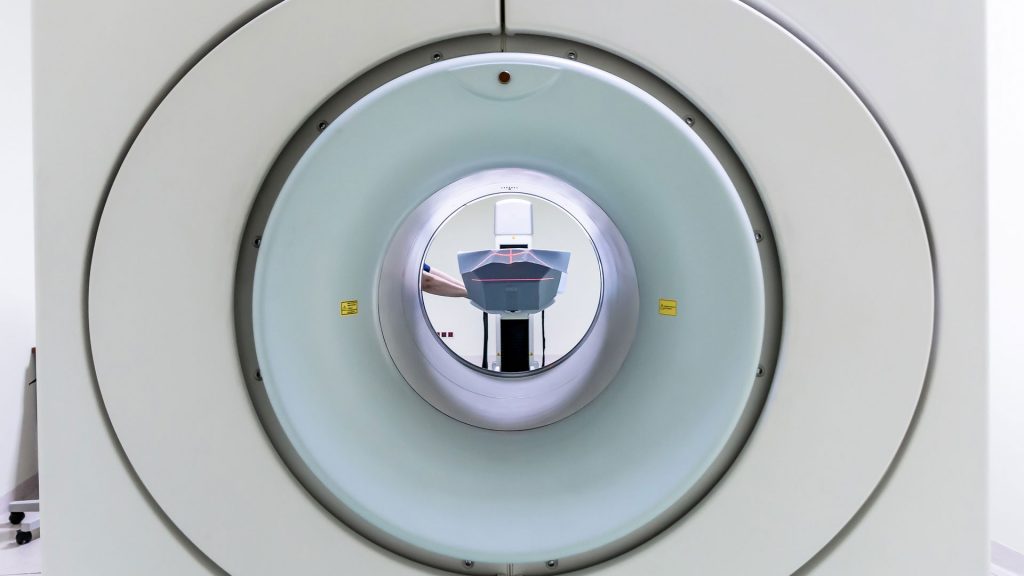PACS
PACS stands for Picture Archiving and Communication Systems. As the name shows, it is a complete picture arching system. It offers tools for storing, retrieving and sharing the medical images in the healthcare sector. There was a time when the radiologists suffered from the issue of saving medical images. But PACS has solved this problem. Storing and sharing images has been simplified with this system.
There are four main components of this system which are listed below.
- First is the medical imaging system like MRI, Scan, X-Ray etc.
- Second component comprises the secret networks that are used for sharing patient data and images.
- Third component contains workstations or mobile devices which doctors can use to access patient data.
- Last component is used for storing and archiving medical images and important data.
RIS
RIS stands for Radiology Information System. Usually this system is used for maintaining and storing patient data. Below are few of the functions that RIS performs and is used for.
- Radiologists can add patients and track their records.
- Wait-time information is easy to track.
- Diagnostic images can be shared with anyone and even to remote places.
- Doctors can easily manage schedules, appointments and patients.
EMR
Electronic Medical Records is the full form of EMR. The name shows that is a system which is used instead of papers or documents for keeping patient data. Hospitals have been using papers in order to maintain the records but EMR has helped a lot to digitize the records and patient data. Other uses of EMR are listed below.
- Track patient data instantly and in short time.
- Check the due patients who will visit the doctor.
- Monitor patient data like diagnosis, medicines, reports, images and others.
- It helps improve care quality and increases efficiency of work management.
PACS/RIS Integration
Hospitals need to integrate PACS and RIS system radiology for a number of reasons. PACS is the most useful tool in the healthcare sector. But integrating PACS with RIS has a serious challenge for which it is not possible at the current time. RIS must have a DICOM interface in order to access the PACS data.
If this happens, it will have a number of advantages like better data integration, it will become more affordable and less expensive, revenues will increase and hospitals can improve productivity by using the combined features of PACS and RIS.
EMR/RIS Integration
Integration of RIS and EMR is also a challenge for the hospitals. The reason is that most of the set-ups and hospitals don’t have enough time. They rather prefer to use EMR. If it is done, it will give a great boost to performance, increase productivity and make RIS work more efficient.
Final Verdict
The debate shows that there is no clear winner in RIS, PACS and EMR. Rather, all these systems have their varying capacities and tools they offer. Hospitals also have different needs so some are comfortable with PACS while others with EMR. If the integration proposed above becomes possible, these will change the working and boost productivity to a large extent.


